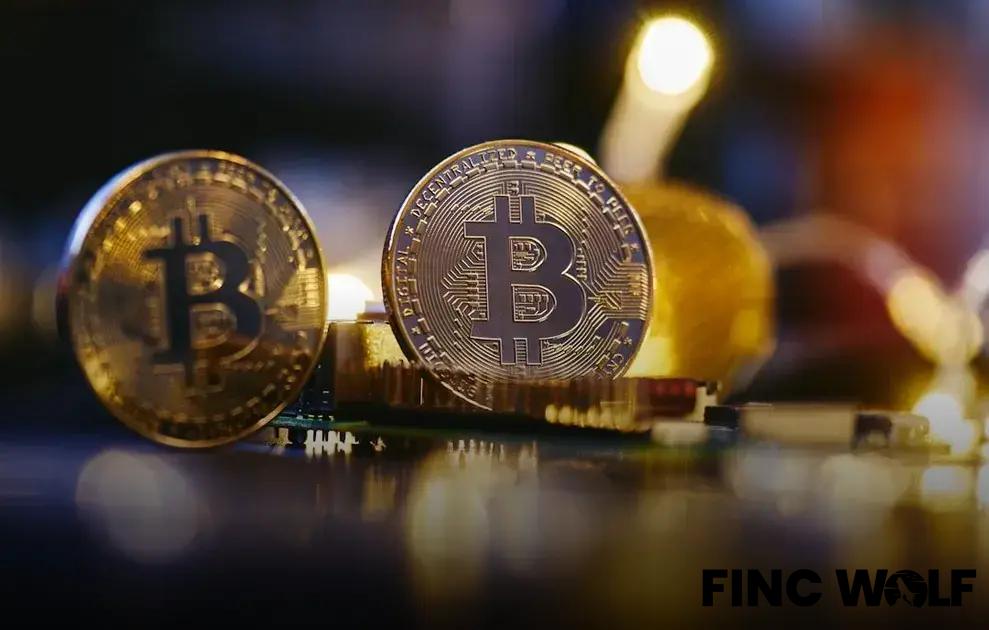Stablecoins have become essential in today’s volatile financial markets. These digital currencies are engineered to maintain a stable value, offering investors a safe haven amidst wild market swings. From understanding their basic functionalities to exploring their potential future impact, this comprehensive guide delves into the numerous roles that stablecoins play. As financial landscapes evolve, stablecoins are poised to become pivotal tools for both traders and everyday users.
Understanding the Basics of Stablecoins
Stablecoins are a unique category of digital assets designed to minimize price volatility, a common issue in the cryptocurrency market. These coins achieve stability by pegging their value to a more stable asset, commonly a fiat currency like the US Dollar or Euro. This peg provides a reliable reference point, making stablecoins particularly attractive for users seeking to avoid the drastic price swings seen in other cryptocurrencies such as Bitcoin or Ethereum.
One primary method stablecoins use to maintain their price stability is through collateralization. Collateralized stablecoins are backed by reserves held in a trusted entity, often a financial institution. For example, each unit of a stablecoin like USDC is typically supported by an equivalent amount of a fiat currency held in reserve.
Another approach is algorithmic stablecoins. Rather than being backed by physical assets, they use algorithms and smart contracts to control supply and demand, aiming to stabilize their value. These algorithms can automatically adjust the number of coins in circulation based on market conditions, attempting to uphold a targeted price.
Stablecoins serve various functions in today’s volatile market. They offer a medium of exchange, allowing for transactions without the high conversion fees associated with traditional currencies. They also provide a store of value, especially in regions with unstable local currencies, enabling people to preserve wealth without high fluctuation risks.
Moreover, stablecoins play a crucial role in decentralized finance (DeFi) projects, facilitating activities such as lending, borrowing, and earning interest through liquidity pools. Their predictability and stability make them a backbone for these DeFi ecosystems, ensuring smoother operations and more reliable yields.
How Stablecoins Mitigate Market Volatility

In the ever-changing landscape of cryptocurrencies, stablecoins play a crucial role in stabilizing the volatile market environment. Unlike other cryptocurrencies that often experience drastic fluctuations, stablecoins maintain a stable value, typically pegged to a fiat currency like the US dollar. This stability is achieved through mechanisms such as collateralization or algorithmic control, ensuring that their value remains constant despite market upheavals.
One significant advantage of stablecoins is their use as a reliable medium of exchange. Traders and investors can quickly convert volatile assets into stablecoins during market downturns, thus safeguarding their value. Additionally, stablecoins provide a safe haven for investors looking to protect their capital without exiting the crypto ecosystem entirely. This offers flexibility and security, making them an attractive option for risk-averse participants.
Moreover, stablecoins enhance liquidity across the cryptocurrency market. They facilitate seamless transactions and arbitrage opportunities because their prices don’t deviate widely. As a result, they promote a more resilient and efficient market by offering a balance against the inherent volatility of other digital currencies.
Besides serving individual traders, stablecoins also play a pivotal role in DeFi (Decentralized Finance) ecosystems. They enable lending, borrowing, and other financial activities without the fear of losing value overnight. This utility fosters innovation and growth within the crypto space, allowing new financial products and services to emerge with less risk.
The Impact of Regulations on Stablecoins
Stablecoins, a growing force in the digital currency world, operate in a delicate balance with national and international regulations. Regulatory frameworks can greatly influence the adoption and usability of stablecoins. Governments and financial bodies across the globe are paying close attention to how these digital currencies affect financial stability and security.
Regulations may aim to prevent money laundering, fraud, and protect consumers, but they also hold the potential to restrict the flexibility and speed of stablecoin transactions. Stablecoins designed to be tethered to traditional currencies must navigate compliance landscapes that vary significantly from one jurisdiction to another. This can be a barrier or a boon, depending on how governments structure their policies.
In some regions, regulations for stablecoins are still in nascent stages, creating uncertainty. Businesses and consumers may find this lack of clarity daunting, potentially hindering investment and integration into mainstream finance. Conversely, clear and supportive regulations can boost economic innovation and trust, leading to wider adoption of stablecoins.
As stablecoins continue to carve their niche in financial systems, the evolving regulations will shape their trajectory. Stakeholders must remain agile, ready to adapt to regulatory changes. This dynamic relationship between stablecoins and regulations underscores their critical role in today’s volatile market.
Comparing Stablecoins with Traditional Currencies

Stablecoins stand out in today’s financial dialogue as they bridge the gap between digital and traditional currencies. When you compare them to traditional currencies like the dollar or euro, a few key differences become evident.
First, stability is a significant factor. Traditional currencies are managed by central banks, meaning they can be subject to inflationary pressures and other economic shifts. In contrast, stablecoins aim to maintain their value by being pegged to a reserve asset, thus offering price stability.
Another aspect is their ease of transfer. While traditional currency transfers can be bogged down by banking hours, cross-border fees, and days-long processing times, stablecoins facilitate quicker, often near-instant, and cheaper transactions globally.
Furthermore, consider the element of decentralization. Unlike traditional currencies that rely on central authorities, many stablecoins operate on blockchain technology, offering transparency and reducing the need for intermediaries.
However, traditional currencies benefit from widespread acceptance and support from institutional frameworks, which can be more reassuring for consumers. Traditional banks offer insured deposits, consumer protections, and long-standing trust—factors that stablecoins are still working to build.
In conclusion, the choice between stablecoins and traditional currencies depends on the context—whether one values the innovation of cryptocurrencies or the reliability of established monetary systems.
The Future of Stablecoins in Global Markets
Global markets are evolving, and stablecoins are taking a center stage in this dynamic transformation. As digital currencies backed by a reserve asset, stablecoins offer a glimpse into the future of finance by providing a bridge between volatile cryptocurrency markets and traditional financial systems.
In the context of global markets, stablecoins could redefine how we perceive currency and international trade. With the ability to maintain a stable value, they present a viable alternative to highly fluctuating digital currencies like Bitcoin or Ethereum. This stability is crucial for businesses and consumers wanting to hedge against currency risk and participate in the global economy without the anxiety of market swings.
Stablecoins potentially allow faster and cheaper cross-border transactions.
The efficiency of these digital assets
could lead to lower fees compared to conventional banking systems, making them an attractive choice for international remittances and trade.
The adoption of stablecoins in global payment systems also encourages financial inclusion. In many developing countries, access to traditional banking is limited. Stablecoins can provide a simple and accessible means for people to store and transfer value, contributing to economic growth in these regions.
However, the future of stablecoins is not without challenges. Regulatory frameworks around the world are still catching up to the rapid advancements in digital finance. Authorities are focusing on establishing rules that ensure transparency, prevent fraud, and safeguard monetary policy.
As central banks explore their digital currencies (CBDCs), the interplay between stablecoins and these new forms of money becomes a subject of interest. The evolution of stablecoins might depend on how policies and partnerships shape the landscape of global finance.




